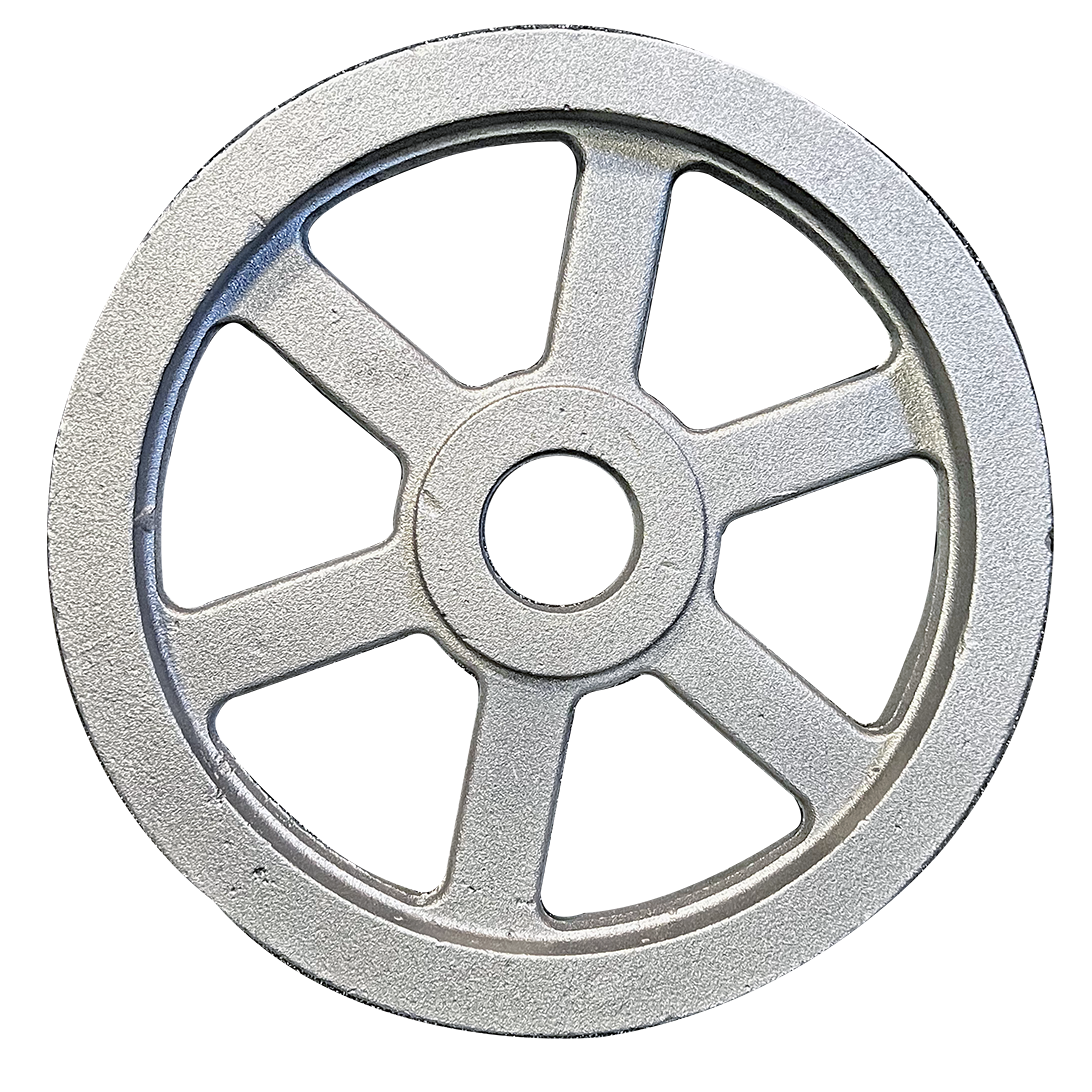- Afrikaans
- Albanian
- Amharic
- Arabic
- Armenian
- Azerbaijani
- Basque
- Belarusian
- Bengali
- Bosnian
- Bulgarian
- Catalan
- Cebuano
- China
- China (Taiwan)
- Corsican
- Croatian
- Czech
- Danish
- Dutch
- English
- Esperanto
- Estonian
- Finnish
- French
- Frisian
- Galician
- Georgian
- German
- Greek
- Gujarati
- Haitian Creole
- hausa
- hawaiian
- Hebrew
- Hindi
- Miao
- Hungarian
- Icelandic
- igbo
- Indonesian
- irish
- Italian
- Japanese
- Javanese
- Kannada
- kazakh
- Khmer
- Rwandese
- Korean
- Kurdish
- Kyrgyz
- Lao
- Latin
- Latvian
- Lithuanian
- Luxembourgish
- Macedonian
- Malgashi
- Malay
- Malayalam
- Maltese
- Maori
- Marathi
- Mongolian
- Myanmar
- Nepali
- Norwegian
- Norwegian
- Occitan
- Pashto
- Persian
- Polish
- Portuguese
- Punjabi
- Romanian
- Russian
- Samoan
- Scottish Gaelic
- Serbian
- Sesotho
- Shona
- Sindhi
- Sinhala
- Slovak
- Slovenian
- Somali
- Spanish
- Sundanese
- Swahili
- Swedish
- Tagalog
- Tajik
- Tamil
- Tatar
- Telugu
- Thai
- Turkish
- Turkmen
- Ukrainian
- Urdu
- Uighur
- Uzbek
- Vietnamese
- Welsh
- Bantu
- Yiddish
- Yoruba
- Zulu
Dec . 04, 2024 09:19 Back to list
gas boiler works
Understanding How a Gas Boiler Works
A gas boiler is an essential appliance in many homes, providing central heating and hot water. Although it operates as a complex system, understanding its core components and how they work together can demystify its functioning. This article outlines the mechanics of gas boilers, their benefits, and maintenance tips to ensure efficiency and longevity.
The Basics of a Gas Boiler
At its core, a gas boiler uses natural gas or propane as fuel to heat water, which is then circulated through pipes to radiators, underfloor heating systems, or taps. The key components that make up a gas boiler include the burner, heat exchanger, thermostat, and flue.
1. Burner The burner is where the gas is ignited. When you turn on the boiler, the gas valve opens, allowing gas to flow into the burner. A pilot light or an electronic ignition system ignites the gas, creating a flame that generates heat.
2. Heat Exchanger The heat generated by the burner heats the water in the heat exchanger. This component is crucial, as it ensures that the water is heated efficiently before being circulated throughout your home.
3. Circulating Pump Once the water has been heated, it needs to be distributed. The circulating pump is responsible for pumping the hot water through the pipes to various parts of the house, such as radiators or taps.
4. Thermostat The thermostat controls the temperature of the water in the system. When the water temperature drops below a preset level, the thermostat signals the burner to ignite and maintain the desired temperature.
5. Flue After the gas is burned, it produces exhaust gases that must be vented outside. The flue system safely expels these gases, ensuring that harmful substances do not accumulate indoors.
The Heating Cycle
The operation of a gas boiler follows a simple heating cycle
1. Ignition When you turn on the hot water tap or your central heating thermostat, the burner ignites, and the heat exchanger warms the water.
2. Distribution Hot water is pumped through the system, either to radiators or directly to taps, providing heating and hot water to your home.
3. Cooling Down Once the desired temperature is achieved, the thermostat sends a signal to the burner to turn off, stopping the heating process.
gas boiler works

4. Repeat Cycle The cycle continues whenever there is a demand for hot water or heating.
Advantages of Gas Boilers
Gas boilers are popular choices for heating systems due to several advantages
- Efficiency Modern gas boilers can be highly efficient, some reaching efficiency ratings of over 90%. This means that for every dollar spent on gas, a significant portion is converted into usable heat.
- Cost-Effective Natural gas tends to be cheaper than electricity in many regions, making gas boilers a cost-effective solution for heating needs.
- Environmental Impact While burning gas does produce carbon emissions, gas boilers are generally cleaner than electric systems powered by fossil fuels, thus having a lower environmental impact if sourced responsibly.
Maintenance Tips
To ensure your gas boiler operates efficiently and safely, regular maintenance is key. Here are some tips
- Annual Servicing Have a professional inspection and servicing done at least once a year. This can help identify potential issues before they become major problems.
- Check the Pressure Ensure that the system pressure is within the recommended range. If it's too low, it may indicate a leak or other issues.
- Bleed Radiators If your radiators are not heating evenly, you may need to bleed them to release trapped air.
- Monitor the Flame If the burner flame is not blue, it could indicate incomplete combustion. This requires immediate attention from a qualified technician.
Conclusion
Understanding how a gas boiler works helps homeowners appreciate its role in providing comfort and efficiency in their living space. By ensuring regular maintenance and staying informed about its operation, you can extend the life of your boiler and enjoy the warmth it offers for years to come. Whether you're considering a new installation or looking to maintain your current system, mixing knowledge with proactive care will lead to optimal performance and satisfaction.
-
Premium Cast Iron Water Main Pipe: Durable, Corrosion-Resistant
NewsAug.03,2025
-
Durable Cast Iron Water Mains | AI-Optimized Systems
NewsAug.02,2025
-
High-Efficiency Propane Boiler for Baseboard Heat | Save Energy
NewsAug.01,2025
-
Premium Source Suppliers for Various Gray Iron Castings
NewsJul.31,2025
-
Durable Cast Iron Water Main Pipes | Long-Lasting
NewsJul.31,2025
-
High-Quality Cast Iron Water Main Pipe for Durable Infrastructure
NewsJul.30,2025


